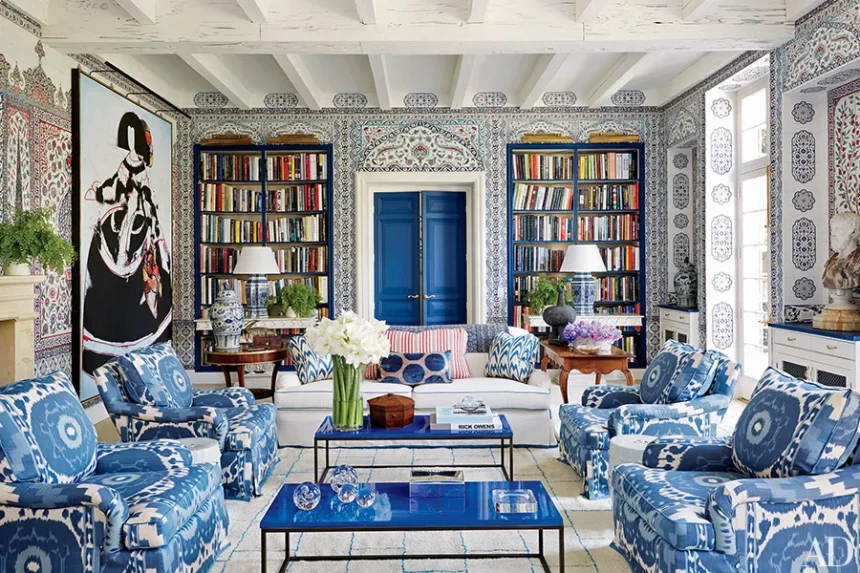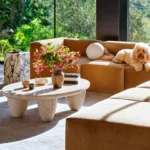Interior design trends come and go, but two opposing styles have stood the test of time – minimalism and maximalism. These styles represent opposite ends of the decorative spectrum, but both offer inviting living spaces with their own unique benefits. Understanding the key features of each can help guide your next home makeover.
The Zen of Minimalism
Minimalism in British house interiors strips away the superfluous, emphasising clean lines, neutral colours, and functional furniture. This creates a sense of tranquillity and calm within the home. Hallmarks of the minimalist aesthetic include:
- Neutral colour palette – Whites, greys, and natural tones are favoured to create a Zen-like backdrop. Pops of colour come from houseplants or small decor accents.
- Decluttered spaces – Only furniture and objects that serve a purpose or bring joy are kept. Everything else is removed to declutter the space.
- Multifunctional furniture – Furnishings serve more than one purpose, such as sofa beds or coffee tables with hidden storage. This streamlines the space.
- Natural materials – Natural fibres and untreated woods make up most furnishings and textiles. These connect the indoors with nature.
- Hidden storage – Cabinets, shelves, and closets tuck away clutter. Rooms feel more open and airy.
The Beauty of Maximalism
If minimalism is a meditation retreat, maximalism is a riotous cocktail party. This style embraces vibrant colours, bold patterns, and an abundance of decorative accents. Maximalism offers a lively, eclectic interior with these key qualities:
- Colour and pattern mixing – Maximalism isn’t afraid to combine colours, prints, and textures within the same space. The bolder, the better.
- Collections on display – Shelves and surfaces showcase treasured collections, from books and artwork to antiques and travel souvenirs. This creates a personalised space.
- Layered textures – Multiple fabric textures like velvet, linen, and leather add cosy depth to a room. Conflicting patterns also add visual interest.
- Opulent furnishings – Ornate mirrors, chandeliers, and statement furniture liven up the space. Luxurious materials like velvet and marble add a touch of grandeur.
- Accessorising – Sculptures, fresh flowers, candles, and other accessories fill every space. No surface is left bare.
Read an interior design magazine UK to find out more about maximalism.
Choosing Your Style
When deciding between minimalism and maximalism, consider your personality and lifestyle. Active households with children may benefit from the clean, clutter-free minimalist approach. Empty nesters ready to showcase art and antiques may prefer maximalism’s bold look. Those seeking balance can blend these two styles in the same home, using minimalism in busy spaces and maximalism in formal rooms. With an understanding of each aesthetic, you can thoughtfully craft a living space perfect for you.
There are no hard and fast rules – you can incorporate elements of both minimalism and maximalism based on your tastes. For example, you may opt for a neutral minimalist palette punctuated with a few vibrant maximalist accent pieces. Or use clean-lined minimalist furniture alongside maximalist textiles and accessories.
Don’t be afraid to experiment until you find the right formula that fits your home and brings you joy. The most important thing is creating a personalised sanctuary that reflects who you are.


